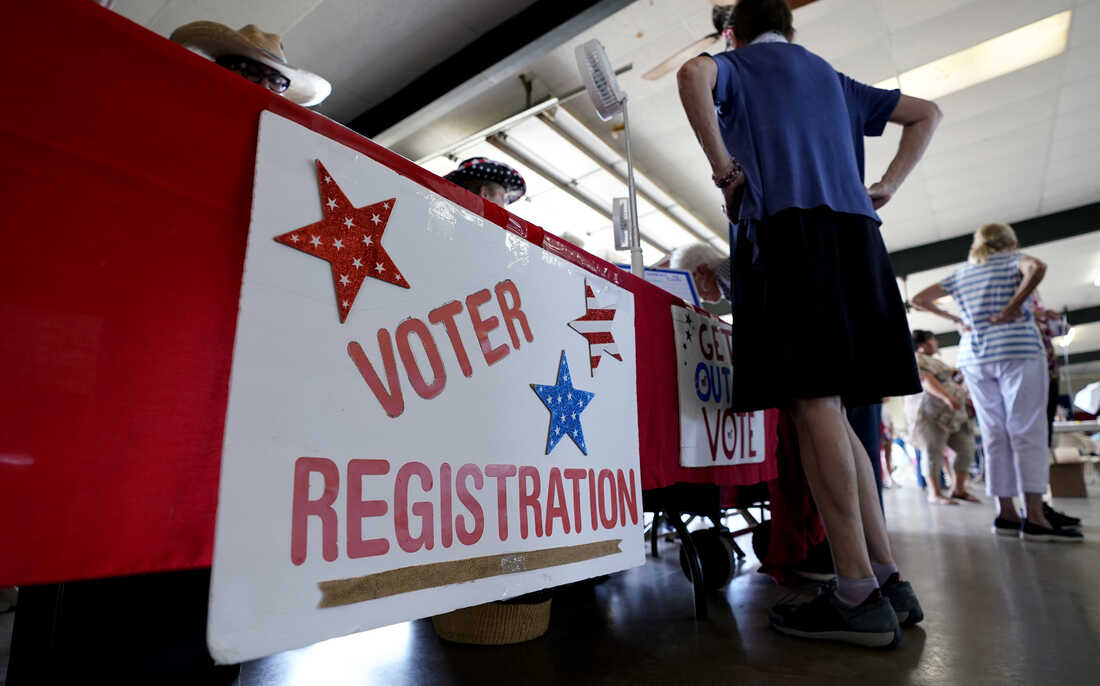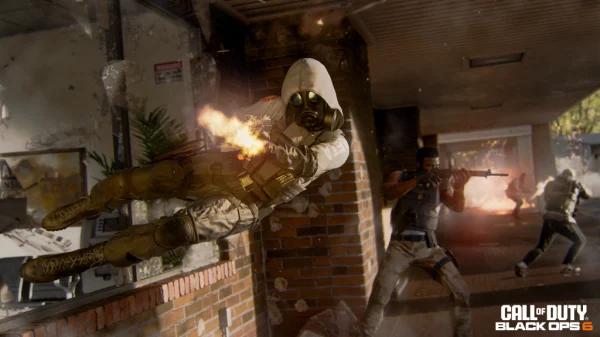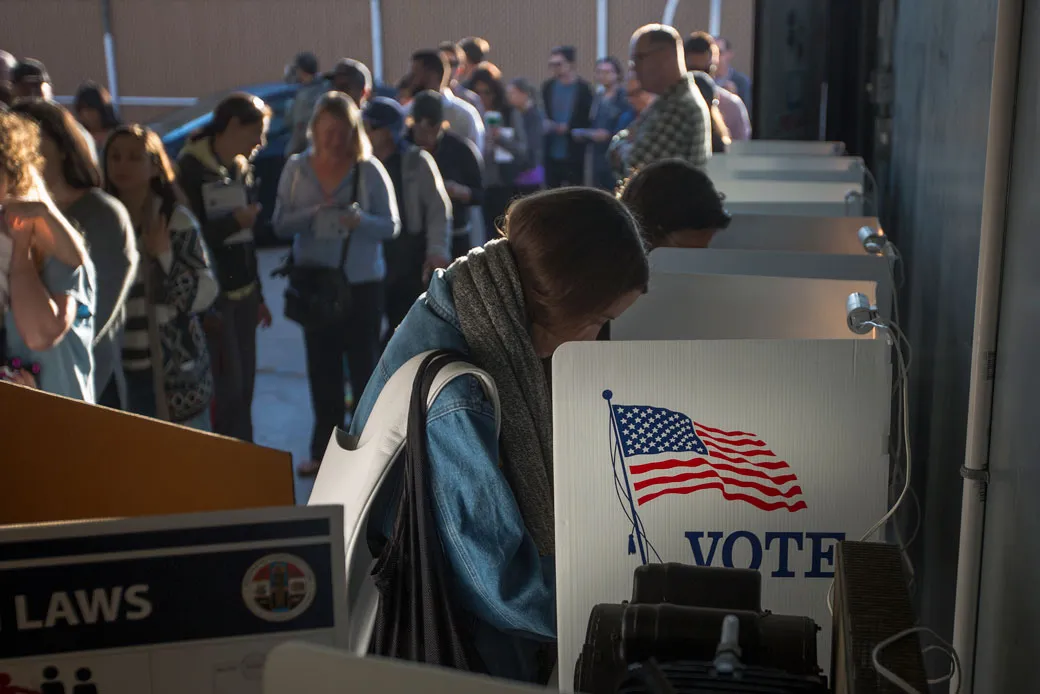As the U.S. presidential election approaches, a significant voter registration initiative named “Virtual Vote” has emerged, thanks to a partnership between a national non-profit organization and developers on the gaming platform Roblox.
This campaign, which started on October 7 and will continue until Election Day on November 5, features contributions from over 30 prominent creators, including Virtual Brand Group, Sawhorse Interactive, and Super League. Well-known Roblox experiences like “Livetopia” and “Bayside High School” are also part of this collaborative effort, which aims to inform and engage users about the electoral process.
At the heart of the Virtual Vote campaign are interactive in-game experiences designed to educate players about voting and the Electoral College. The initiative encourages users to participate in mini-games that also provide important information regarding voter registration.
Funded by HeadCount, a non-profit organization focused on increasing voter participation, the campaign incentivizes players to check their registration status by offering enticing rewards, such as in-game items and chances to meet celebrities. This strategic approach aims to motivate users to actively engage with the voting process.

Engage Young Voters with Virtual Vote Initiative on Roblox Ahead of U.S. Elections
However, the campaign faced challenges in reaching its target audience. Justin Hochberg, CEO of Virtual Brand Group and the campaign’s founder, noted that one of the biggest hurdles was convincing players that they were of voting age.
Additionally, with a vast user base of 88 million daily players, reaching this demographic required innovative outreach methods. The campaign’s intent is to ensure all participants are U.S. citizens aged 18 and older, showcasing the potential for mobilizing young people around civic engagement.
As of now, the Virtual Vote mini-game has attracted over 500,000 players, with nearly 4,000 users checking their voter registration status. While this number is slightly lower than the typical range of 5,000 to 15,000 registrations expected for similar initiatives, it is still considered a success for a first-year program.
Tappan Vickery, senior director of programming and strategy at HeadCount, acknowledged that initial efforts in new environments often yield lower numbers, making the results for this pilot program a promising start.
Beyond digital engagement, the campaign has made strides to reach audiences in the physical world as well. Outfront Media has joined the initiative by placing promotional billboards in high-traffic areas, including Times Square, to raise awareness of the campaign.
Jodi Senese, CMO of Outfront, expressed enthusiasm for connecting with younger audiences through various platforms and emphasized the importance of making voting feel accessible and relevant. This trend highlights a growing recognition among political organizations that platforms like Roblox can serve as effective tools for engaging potential voters, blurring the lines between virtual and real-world activism.








































